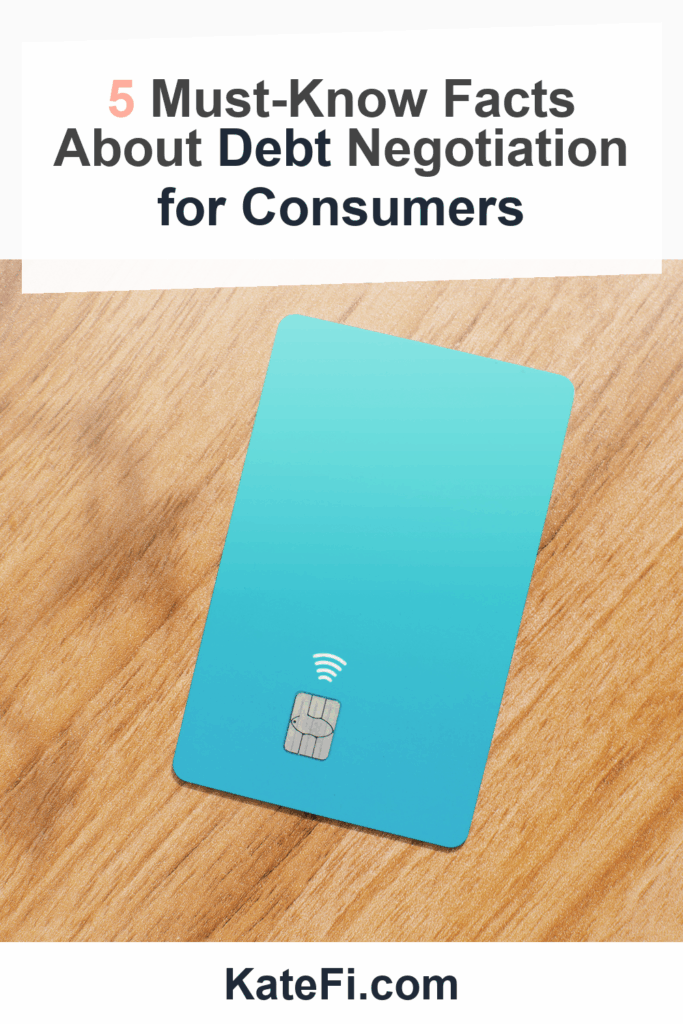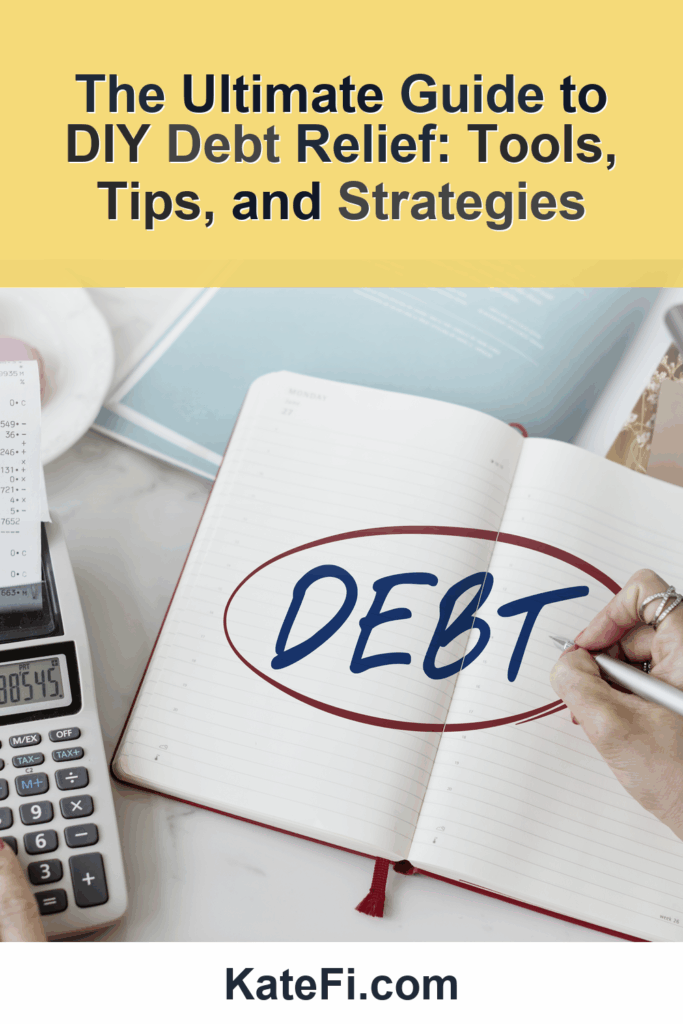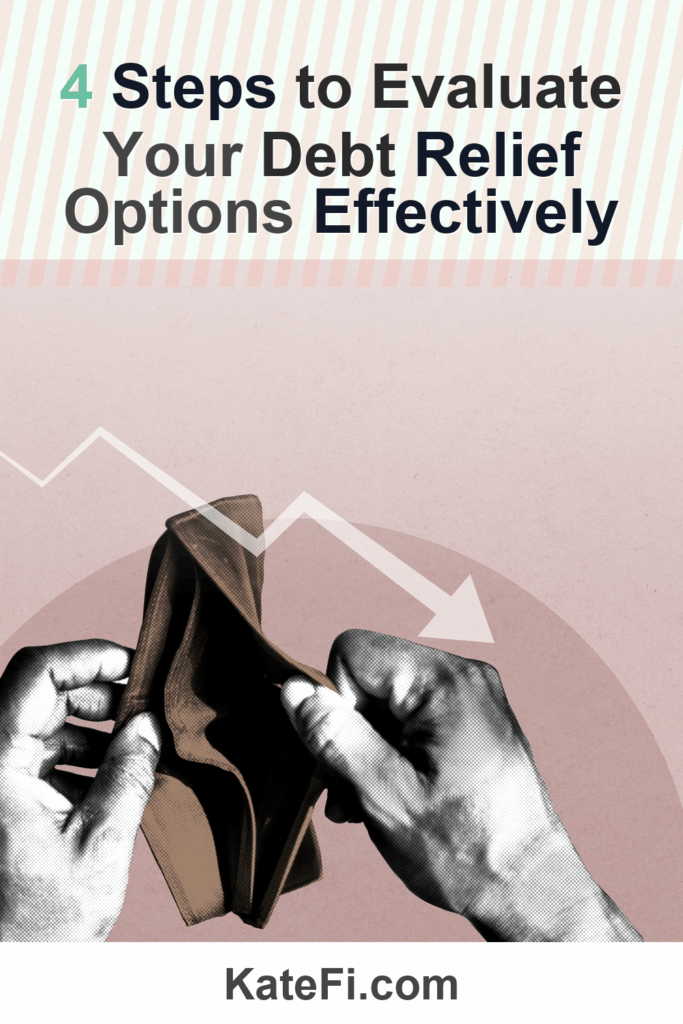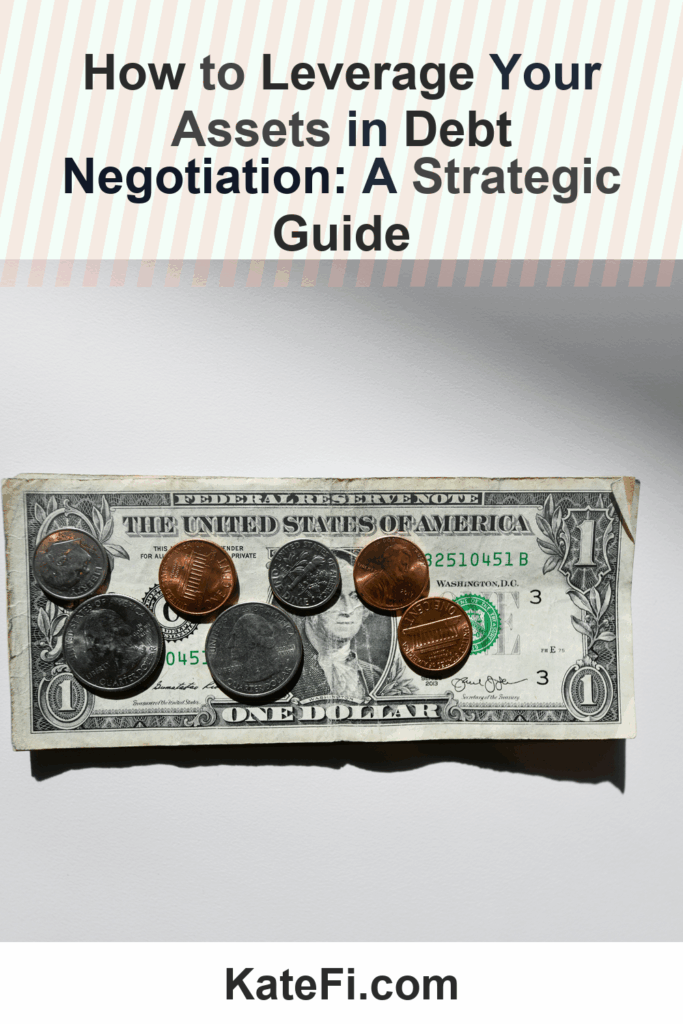10 Strategies for Managing Your Debt During Economic Uncertainty
In today’s economy, it’s no surprise that many people find themselves grappling with debt. Economic uncertainty can lead to job loss, reduced hours, and unexpected expenses, pushing individuals into challenging financial situations. However, the good news is that there are effective strategies to manage debt that can help alleviate stress and put you back on a secure financial footing. In this blog post, we’ll tackle ten actionable strategies while debunking some common myths about debt relief and credit.
Love our content? Show your support by following us — pretty please!🥺
FOLLOW ON PINTEREST
Hi! I’m Kate, the face behind KateFi.com—a blog all about making life easier and more affordable.
Myth vs. Fact: Unraveling Common Misconceptions About Debt Relief
What You’ll Learn on the Call
- Estimated timeline and monthly payment range
- How credit may be affected in the short term
- What documents to gather to move faster
Not available in IL, KS, OR, TN, UT, WV.
Before diving into our strategies, it’s essential to clarify some misconceptions that can hinder your progress. Here are seven myths about debt relief and credit, along with the facts you need to know:
Myth 1: Debt Relief Is Only for the Desperate
Fact: Debt relief options are available for anyone struggling to meet their financial obligations. Whether you are facing overwhelming debt or just need a bit of help, seeking guidance is always a wise step.
Myth 2: All Debt Relief Programs Hurt Your Credit Score
Fact: While some debt relief programs may impact your credit score, others can improve it by helping you pay off your debts more efficiently. The impact on your credit score largely depends on your situation and how you manage your debts afterward.
Myth 3: Bankruptcy Is the Only Option for Serious Debt
Fact: Bankruptcy should be a last resort. There are various debt relief strategies available that may help you avoid bankruptcy altogether, including negotiation and consolidation.
Myth 4: I Can Handle Debt on My Own
Fact: While self-management is possible, professional assistance can provide guidance tailored to your specific situation. Getting a fresh perspective can make a significant difference.
Myth 5: Credit Counseling Costs Too Much
Fact: Many credit counseling services offer free consultations, like KateFi’s free consultation. It’s a smart way to explore options without financial risk.
Myth 6: Paying Off Debt Means Sacrificing Your Lifestyle
Fact: Budget resets can actually enhance your lifestyle by teaching you how to manage your finances better. You don’t have to give up everything to become debt-free.
Myth 7: All Debt Is Bad
Fact: Not all debt is detrimental. Responsible debt management can build your credit and open up future opportunities. The key is understanding how to leverage it effectively.
The Power of a Budget Reset
Now that we’ve busted some myths, let’s talk about the most effective strategies for managing your debt, especially during uncertain economic times. A budget reset is a critical first step that can help create a roadmap to financial stability.
1. Conduct a Comprehensive Financial Review
To set up a sustainable budget, gather all relevant documents, including bank statements, income sources, and bills. A clear picture of your finances is essential. Here’s a quick checklist:
- Recent pay stubs
- Bank statements for the last three months
- Credit card statements
- Monthly bills
- Loan statements
Having these documents ready will not only help in creating a solid budget but will also streamline the process if you decide to consult a professional debt relief service.
2. Distinguish Between Needs and Wants
Creating a list of necessary expenses (needs) versus discretionary spending (wants) can help you identify areas where you can cut back. Consider a simple comparison table like this:
| Needs | Wants |
|---|---|
| Rent/Mortgage | Dining Out |
| Utilities | Subscriptions |
| Groceries | Shopping |
| Transportation | Entertainment |
By identifying these categories, you can focus your budget reset on what truly matters and identify areas for savings.
3. Implement the 50/30/20 Rule
This budgeting method divides your after-tax income into three categories: 50% for needs, 30% for wants, and 20% for savings and debt repayment. Adjust your budget according to your unique financial situation to ensure it fits.
4. Automate Payments and Savings
Setting up automatic transfers for bill payments and savings can make managing debt much easier. It ensures that you won’t miss due dates and that you’re consistently saving.
5. Negotiate with Creditors
Don’t hesitate to reach out to your creditors. Many are willing to work with you, offering lower payments or interest rates, especially in times of financial hardship. This can lead to a more manageable repayment plan.
6. Explore Debt Relief Options
Depending on your situation, various debt relief strategies can be beneficial:
- Debt Settlement: Negotiating with creditors to pay a lump sum that is less than what you owe.
- Debt Consolidation: Combining multiple debts into a single loan with a lower interest rate.
- Credit Counseling: Working with a certified professional to create a debt management plan.
If you’re unsure which route to take, consider getting a free consultation to explore the best options for your needs.
✅ See If You Qualify for Debt Relief
7. Track Your Progress
Tracking your progress is essential to keeping your budget reset on track. Utilize budgeting apps or spreadsheets to monitor your income, expenses, and debt repayment. Celebrate small wins to keep yourself motivated!
8. Set SMART Goals
Establishing Specific, Measurable, Achievable, Relevant, and Time-bound (SMART) financial goals can provide clarity and motivation. For example, “I will pay off $500 of credit card debt in the next three months” is a SMART goal.
9. Embrace an Emergency Fund
Start building an emergency fund to handle unexpected expenses. This will reduce the likelihood of incurring more debt in the future and will serve as a financial safety net.
10. Seek Professional Help When Needed
Finally, remember that you don’t have to go through this alone. If you’re feeling overwhelmed, consider seeking professional assistance. Many services, including KateFi, offer tailored solutions based on your situation.
✅ See If You Qualify for Debt Relief
Understanding Credit Impact
Understand pros/cons of settlement vs consolidation vs DMP for your exact mix of debts.
Not available in IL, KS, OR, TN, UT, WV.
One critical aspect of debt management is understanding how your actions will affect your credit score. Various debt relief strategies can have different impacts on your credit history. For example, debt settlement may have a more immediate negative effect compared to debt consolidation.
It’s vital to communicate with your creditors and seek advice from professionals to ensure you make the best decisions for your financial future.
Documents to Gather for a Faster Review
When seeking professional help, gathering relevant documents is crucial to expedite your consultation. Prepare the following:
- Current debts and outstanding balances
- Income statements
- Monthly expenses
- Credit report (if available)
Conclusion
Economic uncertainty can be daunting, but with the right strategies and a proactive approach to managing your debt, you can navigate these challenging times. Remember, you’re not alone in this journey. Whether it’s through implementing a budget reset, negotiating with creditors, or seeking professional guidance, there are solutions available.
Consider getting a free consultation today to explore your options and take control of your financial future.
✅ See If You Qualify for Debt Relief
Important: This content is for education only—not legal, tax, or financial advice. Results and eligible programs vary by situation and state. Fees apply if you enroll and complete a program. Debt relief can affect credit; missed payments may lead to collections/lawsuits. Not available in IL, KS, OR, TN, UT, WV.






















